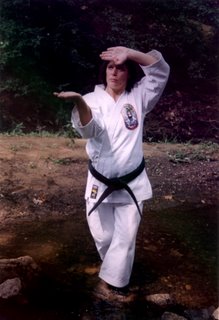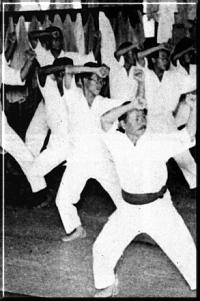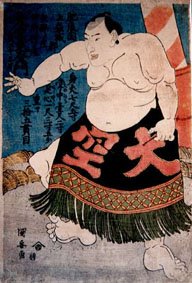Take It Easy

Martial arts, philosophy, and the art of living


Labels: belts-rank, budo, ego, training

Labels: exercise, Gichin Funakoshi, history, karate, Okinawa, styles, training, zen

A wrestler named O'Nami, "Great Waves", was immensely strong and highly skilled in his chosen art. In private his skill was unmatchable - he defeated even his own teacher. And yet in public demonstrations, ordinary laymen could throw him without difficulty.
"Great Waves is your name", said the master, "so stay in this temple tonight and listen to the sound of the sea. Imagine you are those waves, forget you are a wrestler and become those huge waves sweeping everything before them."
O'Nami remained. He meditated all night on those waves - it wasn't easy though, he had distractions, unnerving thoughts interrupting his composure. But in time he prevailed with this exercise, and by morning he realized a new found vibrancy. That day, he entered a public wrestling tournament and won every bout, and from that day on, no one in Japan could ever defeat him.

Labels: ego, Morihei Ueshiba, philosophy, self-conduct
